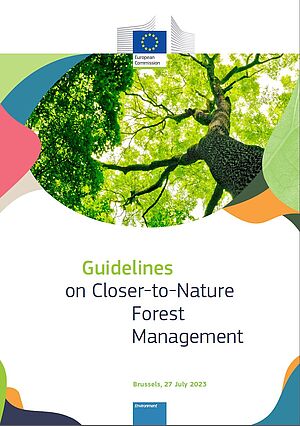
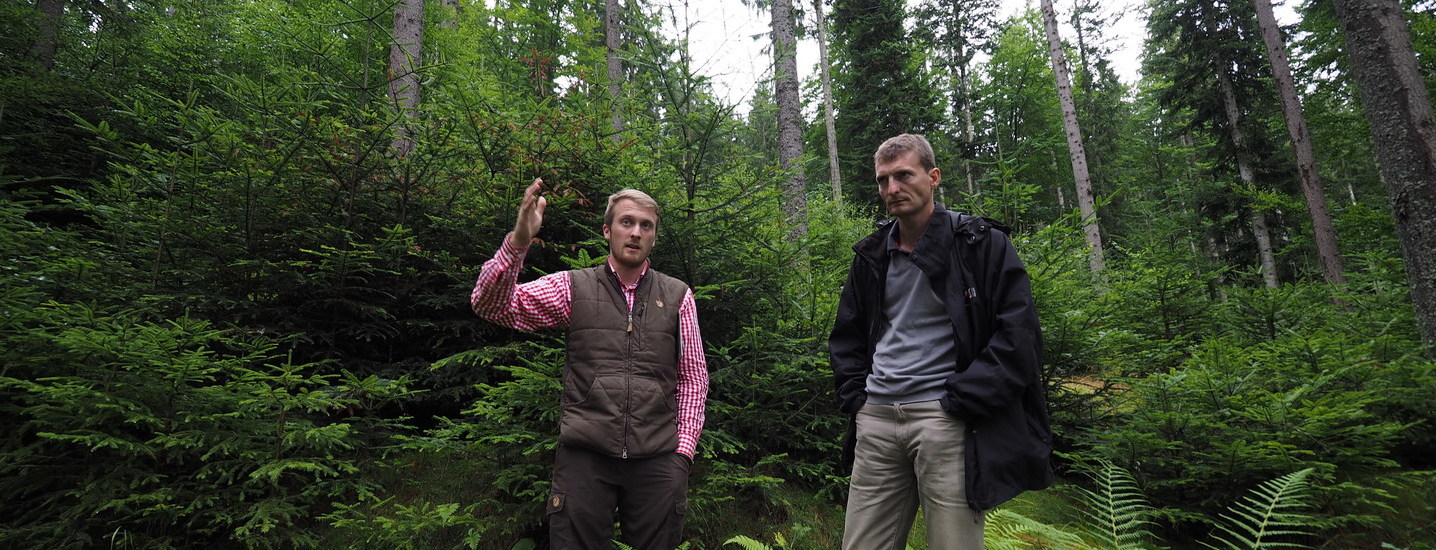

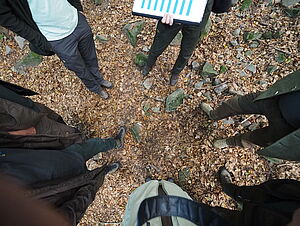
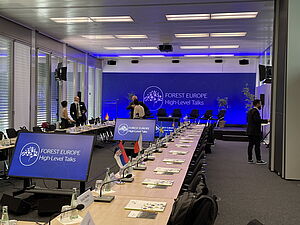
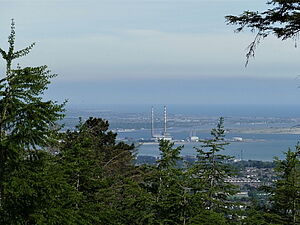
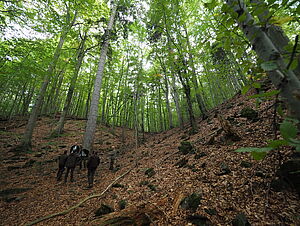
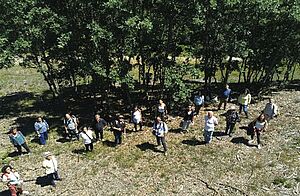
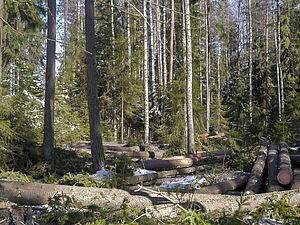
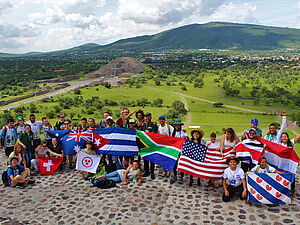
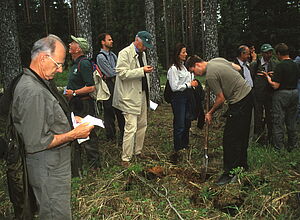
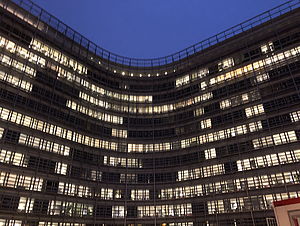
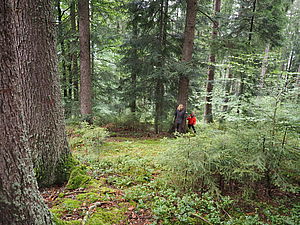
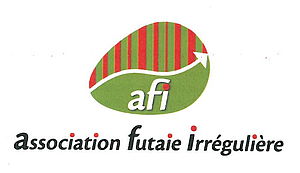
The AFI (Association Futaie Irrégulière) is an association registered by French law, setup in 1991 by a group of private forestry consultants in order to promote the management of irregular stands. It aims to share technical information and is founded on the principles advanced by ProSilva. Although these two associations share many common objectives they both operate within their own separate spheres.
With the support by different independent projekt the network of AFI reference stands ist steadily growing. Parallel there are ongoing remeasurements of existing plot in a five year cycle.
In Germany a project promoted by ANW Germany is establishing 12 new reference stands. In Austria in 2015 also 12 new plots where measured by BFW (Vienna) and in the year 2020 hopefully 6 new will be recorded and the 12 existing undertaken a remeasurement. In Ireland a new project also will help to establish new reference stands.
Update 2020: 130 research stands - 87 France, 7 Switzerland, 7 Ireland, 5 Germany, 4 England, 3 Wales, 3 Belgium, 3 Luxembourg, 12 Austria
The map shows the distribution of the plots over Europe in the status of 2019, without the plots in Germany and Austria. Click to enlarge the map !
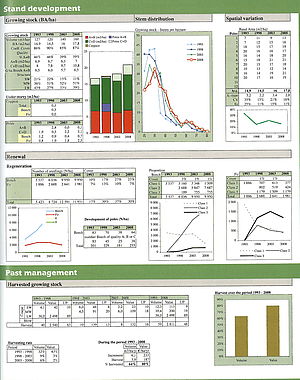
These are multiple objectives:
Unlike irregular coniferous stands, referenced by the spruce-fir single stem selection forests, methodologies and technical detail for irregular broadleaved stands does not feature in standard silvicultural texts. It is therefore in this area that the association has focused its efforts. It also looks at some specific issues such as the conversion of coniferous plantations to irregular forest, (alternatives to clear-cutting and plantation forestry).
Ongoing project development has lead to the emergence of secondary objectives. Thus, in the wake of the storm of 26 December 1999, the network attempted to identify the factors that might have contributed to the most serious cases of damage.
Measurements on these irregular stands provided additional results, such as the order of magnitude of certain growth characteristics such as coefficients of variation, useful information for designing research stands for monitoring forest management.
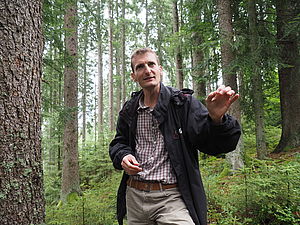
The AFI Network: network of research stands to monitor continuous cover forest management.
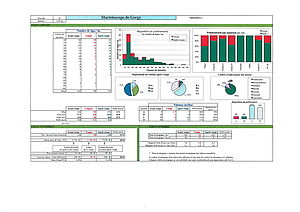
The network is made up of individual research stands that function at two scales :
To date there are 100 research stands that provide the opportunity to at once :
On these 130 research stands, some of which have been measured for the fourth time.
The AFI network is presently:
The statistical inventory results recorded on a 5 year cycle provide :
The greatest part of the network consists of broadleaved stands in accordance with the objectives of the founding group. Six research stands have since been established in coniferous stands to demonstrate transformation of Douglas fir, Corsican pine … to continuous cover.
At present the AFI network covers a fairly wide range of site types. This is a reflection of the wish to provide as wide a number of exemplar sites when the network was set up.
This allows saying in the first instance that continuous cover forestry is applied to a very wide range of site types. Knowing that the different research stands have been set up in forests where the management was ongoing, without any previous experimentation, this suggests that continuous cover forest management is neither restricted to extremely fertile or poor sites.

A number of technical documents have already been published. These reports are either annual summaries or research stand summaries and are intended in the first instance for forest owners and managers as well as for the groups within the partnership. Other more general works are destined for a wider forestry public. These reports and summaries are designed to spread the results and the findings recorded from continuous cover forestry treatments which are a requirement of the funding bodies supporting the project.
The main mensurational and economic results have been brought together in a report document published in 2005 (standing volumes, quality assessments, growth rates, correlation between limiting factors: basal area and level of regeneration …). The economic results resent the analysis of cash flows as well as the progression of capital (in standing values and expectation values).
Différentes brochures techniques.
Traduction de Phil. Morgan